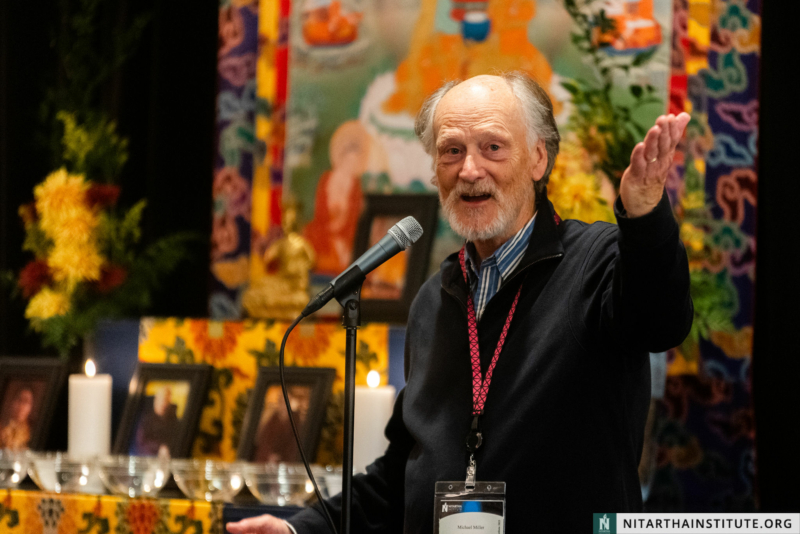Mind and Its World II: How Mind Engages with its World
Nirzhar Pradhan2024-04-30T10:13:08-07:00April 30th, 2024|0 Comments
Mind and Its World II: How Mind Engages with its World After
Dharma without Compromise: How to take our practice off the cushion
Nirzhar Pradhan2024-04-25T15:11:02-07:00April 25th, 2024|0 Comments
Dharma without Compromise: How to take our practice off the cushion Advice
Mind and Its World I: Valid Cognition
Nirzhar Pradhan2024-04-12T11:41:04-07:00April 12th, 2024|0 Comments
This is the first course in Nitartha’s curriculum, and one of many
Buddha Nature: The Most Powerful Antidote
Buddha Nature: The Most Powerful Antidote Written by Israel Lifshitz We, as 21st century Westerners, have a strong historical, religious
Key Qualities of Mahamudra Meditation
Key Qualities of Mahamudra Meditation Written by Michael Miller Nitartha CFO Nalandabodhi Karunika and Practice Instructor As we embark
Improve your meditation with thangka drawing
Drawing the Awakened Heart Improve your meditation with thangka drawing, one of the courses offered by Nitartha’s Department of
Mind and Its World II: How Mind Engages with its World
Mind and Its World II: How Mind Engages with its World After exploring how mind cognizes in a valid or
Dharma without Compromise: How to take our practice off the cushion
Dharma without Compromise: How to take our practice off the cushion Advice for those familiar with insight meditation and the
Mind and Its World I: Valid Cognition
This is the first course in Nitartha’s curriculum, and one of many that will be offered at this year’s Summer









